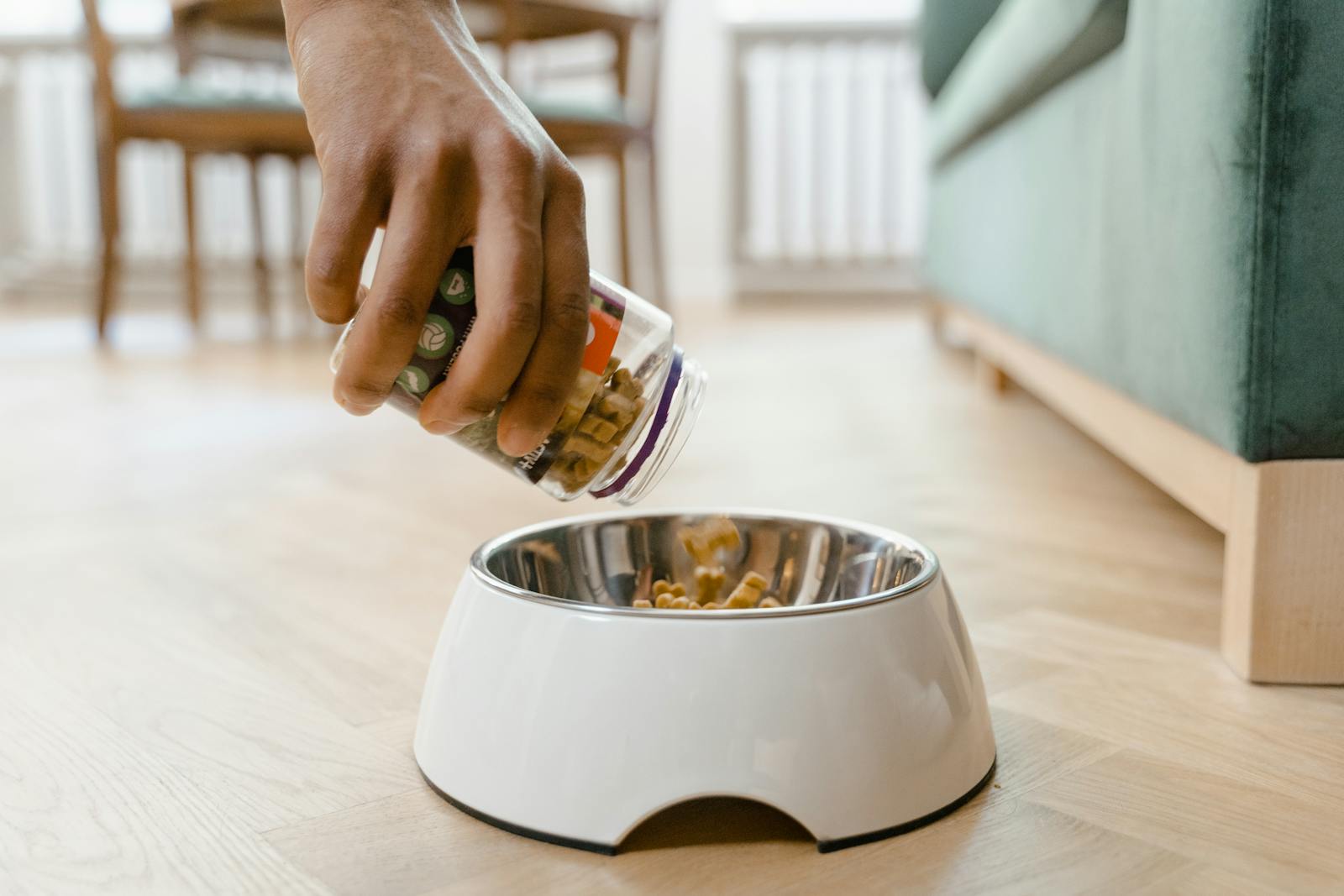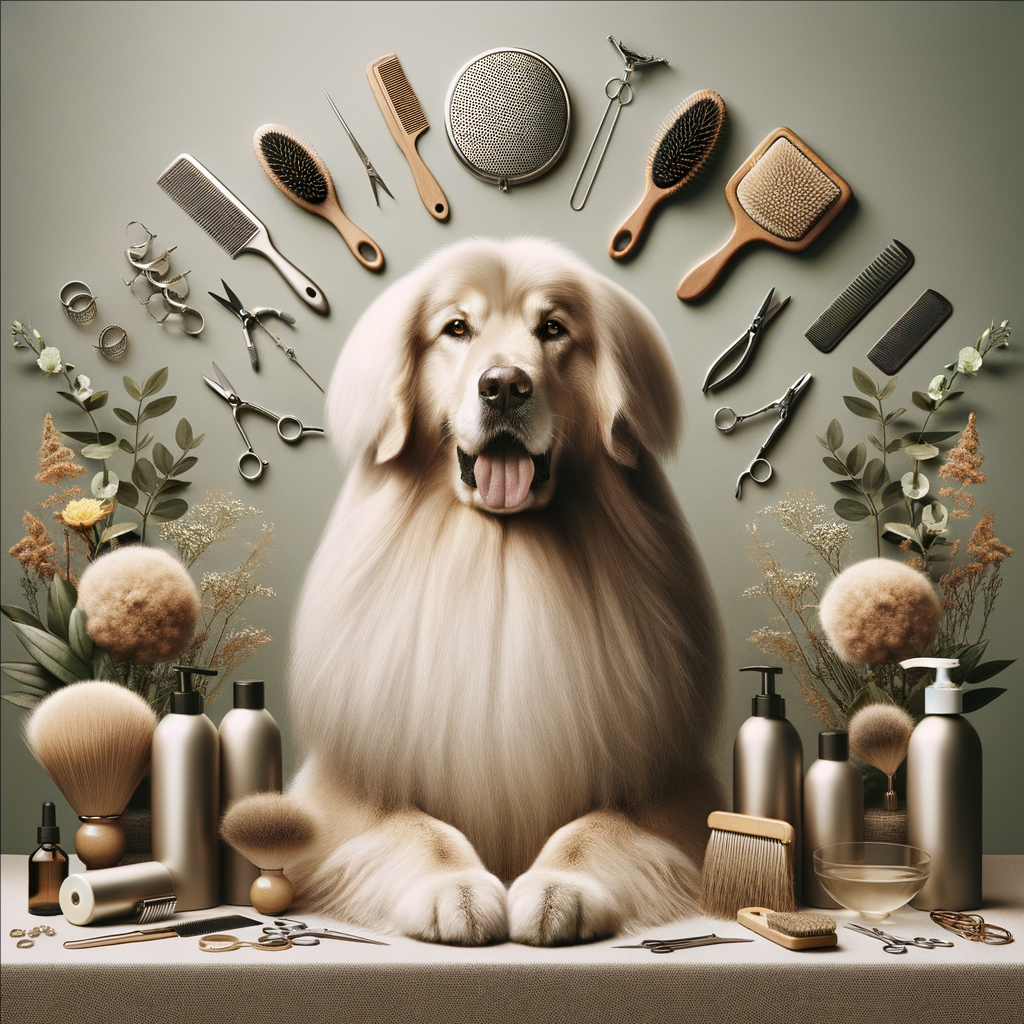Nutrition Advice Near The Rise of Raw: Is Raw Feeding Right for Your Pet?
Discover the Rise of Raw Feeding: Essential Nutrition Advice to Determine If Raw Feeding is Right for Your Pet – Transform Your Pet’s Health with Expert Nutrition Advice on Raw Feeding Today!
Nutrition Advice Near You: The Rise of Raw – Is Raw Feeding Right for Your Pet?
In recent years, raw feeding has surged in popularity among pet owners looking for a more “natural” approach to pet nutrition. You’ve likely heard the buzz—raw meat, bones, and fresh veggies blended into a biologically appropriate diet that mimics what wild dogs and cats might eat. But is raw feeding right for your pet? Like most dietary trends, it has both passionate advocates and skeptical critics.
At FetchQuest.info, we believe that informed decisions make for healthier pets. This blog takes a closer look at the pros, cons, and considerations behind raw feeding so you can determine whether it’s a fit for your furry companion.
What Is Raw Feeding?
Raw feeding, also called the BARF diet (Biologically Appropriate Raw Food or Bones and Raw Food), typically includes:
-
Raw muscle meat (often still on the bone)
-
Raw edible bones
-
Organ meats (like liver or kidney)
-
Eggs
-
Fresh vegetables and fruits
-
Supplements for vitamins and minerals (as needed)
Some pet owners prepare raw diets at home, while others buy pre-made raw meals that are frozen or freeze-dried for convenience and safety.
The Potential Benefits of Raw Feeding
Proponents of raw feeding claim that the diet can offer a range of health benefits for both dogs and cats, especially when compared to commercial kibble.
Commonly reported benefits include:
-
Improved coat condition and skin health
Many pet parents report shinier coats and reduced skin allergies after switching to raw. -
Better dental health
Chewing raw meaty bones may help scrape away plaque and reduce tartar buildup. -
Smaller, firmer stools
Raw diets tend to be more digestible, often resulting in less waste. -
Increased energy and vitality
A nutrient-dense, minimally processed diet can enhance a pet’s overall energy. -
Weight management and muscle tone
High-protein, low-carb raw diets can help pets stay lean and active.
Risks and Challenges of Raw Feeding
While raw diets can offer benefits, they’re not without concerns—especially when not properly balanced.
Things to consider before going raw:
-
Bacterial contamination
Raw meat can carry harmful pathogens like Salmonella, E. coli, or Listeria, which may affect pets and humans. -
Nutritional imbalance
Homemade raw meals that aren’t carefully formulated can lead to deficiencies or excesses in key nutrients like calcium or vitamin D. -
Choking hazards or fractured teeth
Raw bones may be safer than cooked bones, but they still carry risks if not appropriately sized. -
Storage and prep
Raw feeding requires safe handling, storage, and sanitation to avoid contamination—it’s more time-intensive than scooping kibble. -
Veterinary skepticism
Not all veterinarians support raw diets, especially for puppies, seniors, or pets with underlying health conditions.
Is Raw Right for Your Pet?
Whether or not raw feeding is suitable for your pet depends on several factors, including their age, breed, health status, and lifestyle.
Raw feeding may be worth exploring if:
-
Your pet has food sensitivities or allergies to commercial diets
-
You want full control over your pet’s ingredients
-
You’re prepared to research and handle food safely
-
You’re willing to consult with a veterinary nutritionist
Raw feeding may not be ideal if:
-
Your pet has a compromised immune system
-
You have young children or elderly individuals in the home (due to contamination risk)
-
You can’t commit the time or resources needed to prepare balanced meals
If you’re on the fence, you can also explore gently cooked diets or freeze-dried raw options as a middle ground. These offer many of the benefits of raw feeding with added convenience and safety.
Final Thoughts
Raw feeding isn’t just a trend—it’s a lifestyle choice that requires careful planning, preparation, and ongoing education. When done correctly, it can support your pet’s health and well-being. But it’s not for everyone, and that’s okay.
If you’re considering a raw diet, always consult with a vet or a certified pet nutritionist to ensure you’re meeting your pet’s needs. For more detailed raw feeding guides, balanced meal plans, and safety tips, visit FetchQuest.info—your trusted source for pet nutrition advice tailored to your lifestyle.
Keywords: nutrition advice, raw feeding, raw diet, pet nutrition, benefits of raw feeding, raw food for pets, raw feeding guide, dog nutrition, cat nutrition, holistic pet care, balanced raw diet, choosing raw food, transitioning to raw feeding, raw feeding myths, veterinary nutrition advice
news via inbox
Nulla turp dis cursus. Integer liberos euismod pretium faucibua





